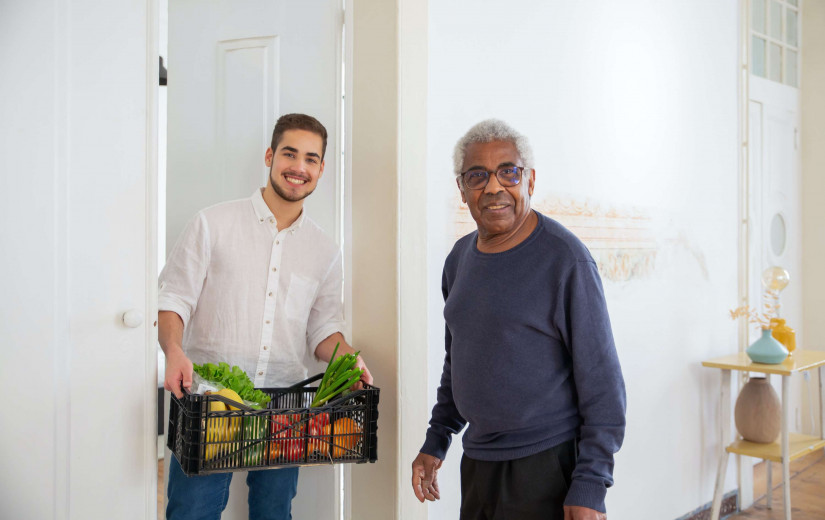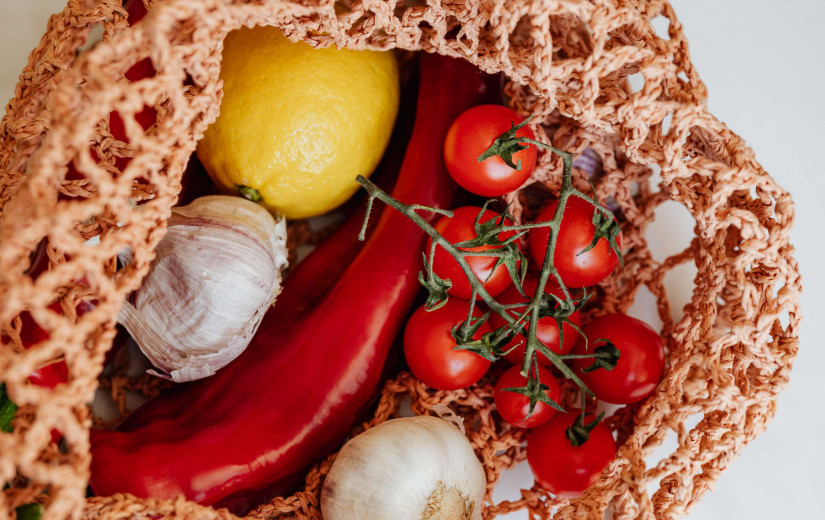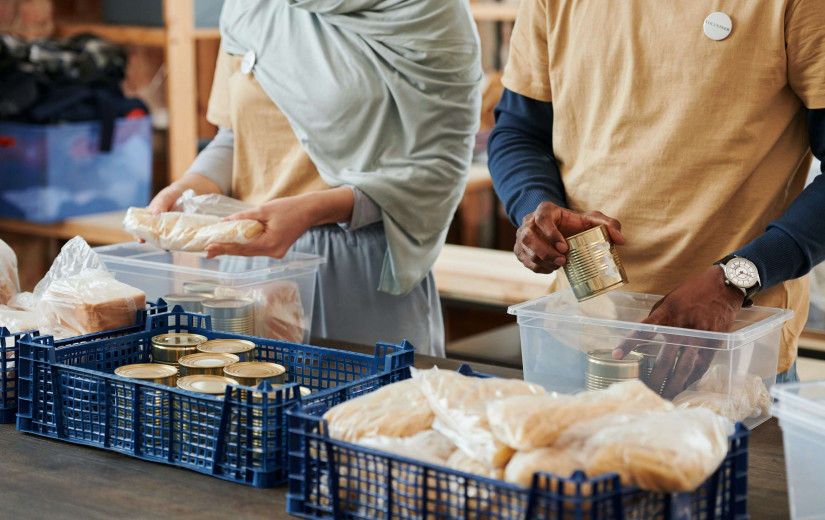New York Has Trouble Processing Food Stamps Applications
The food stamps program that is controlled by the Food and Drug Administration (FDA), now known as SNAP (Supplemental Nutrition Assistance Program), is typically one of the best-operated programs that the federal government has. The FDA does a great job at streamlining SNAP and getting EBT cards to people who need to purchase food. However, the FDA just oversees the program on a macro scale, and so states are the ones that need to step up and administer these benefits by processing applications and putting people on the roles. In New York right now, around half of the people who have applied for SNAP benefits have not received them. They're just waiting in limbo, as the city fumbles through applications and doesn't seem to know what to do.
The biggest issue here is that the administrators charged with processing applications are just overwhelmed and cannot think of a way to improve speed or accuracy with their approval process. The federal money is there; the FDA has lost some funding in recent years, but they always seem to tap into more when people need to be fed. It's just the fact that the people working in New York City cannot figure out a way to process applications quicker, and this has caused an extreme bottleneck in the system. According to a news report, the city's Human Resources Administration (HRA) is only able to process about half of the applications in a normal time frame. The rest are basically either lost or just waiting around for approval, and they all end up going to the back of the line. This means there are a lot of hungry people in NYC, with no date in sight for approval.
The real reason for the mess here is that New York has millions of additional people signing up for food stamps this year compared to last year. Of course, record inflation and food prices have a lot to do with this. Even many of the people who have full-time jobs in the city cannot afford food. Their rent has also gone up, and their wages have stagnated, so this is leaving a lot of people having to choose to keep a roof over their heads before buying groceries. For relief, they're signing up for SNAP, but the fact is that the city's relatively small HRA is just incapable of processing so many new applications in a timely manner. This is a huge issue that is sadly not being addressed in the city.
Another big factor here is the fact that New York has been going a lot further toward the sanctuary political side of the nation in recent months. They have welcomed tens of thousands of new immigrants, and have had many bussed into the city. Whether or not immigrants end up as a net benefit for an economy is certainly up for debate. What isn't up for debate, however, is that newly arrived immigrants are almost all on food stamps. Nearly all of them. Even if they end up beneficial for the city and its economy, that will come later down the road, once they're situated with jobs. For right now, they're competing with actual citizens and some lifelong New Yorkers for benefits, and this is part of the reason that the pipeline is clogged right now.
An Overloaded System
The system is overloaded and it's hard to accept new people. It's very likely the case that even if the HRA got the system figured out, some people would still come out on the tail end of the situation, due to the fact that there are just too many people vying for SNAP. Even if applications were approved quickly, it would still take a lot of time to create brand new accounts for new recipients, as well as printing and mailing out EBT cards, and having recipients activate them. It might work a little quicker with a more capable HRA, but the process would still likely be slow given the fact that so many people need food stamps.
The bad news for people in the city today is that things aren't likely to get much better. For people who have already applied, they'll eventually get sorted out. Though for people who'll need to apply in the future, they might find themselves with even longer wait times, as the economy shows no signs of getting better in 2023. Food prices are going to continue to soar, and people are going to need financial help.

















